Potential Causes of Bumps on Your Tattoo
15 June, 2022It isn’t common for a tattoo to turn out looking like a witch's nose. You might experience some regular scarring or scabbing bumps during the tattoo healing process but those should disappear after a short time. Other reasons for bumps on your tattoo could be more concerning. Read on to find out what bump category you are in and how serious your case may be.
Remember, the healthiest tattoo comes from picking a great artist and taking amazing care of your tattoo.
What Does a Healthy Tattoo Look Like?
A healthy tattoo should heal without issue. It will start off a little red and swollen for the first few days, and then as that subsides, scarring will start to occur. It will be itchy as the skin regenerates.
Once the scars flake off, your new tattoo will be revealed. It will probably look cloudy and gray for the first few months until the skin heals deeper down around the ink deposits.
After your new tattoo is fully healed in about four months, your tattoo's true color and shading will start to show. It might get a bit brighter and clearer. Using rejuvenating and brightening tattoo balm, like Mad Rabbit’s tattoo balm, is going to promote that vibrancy and help your tattoo pigments shine.
Are Bumps on Tattoos Normal?
Bumps on a tattoo can be caused by a multitude of things. Some causes are more common than others. Some bumps are short-term and others are long-term. In the general scheme of things, bumps on tattoos are not common. They are usually a symptom of something else at play.
Pimple
The skin your tattoo covers is still subject to pimples. Depending on where your tattoo is and your skin type, you may experience a pimple on your tattoo.
If you end up with a pimple on your tattoo – it’s rarely a cause for concern. (Well, it at least shouldn’t cause you to freak out any more than you do when you get a regular pimple.)
The most important thing with both a regular pimple and a tattoo pimple is: do NOT pick at it.
You shouldn’t pick or pop a regular pimple, and you especially shouldn’t on a tattoo pimple. Picking at a tattoo pimple could result in bad news for your tattoo ink. The pigments lower in the skin might be affected by the popping, and when that popped pimple finally heals, you could be left with a slightly altered tattoo.
Better to let nature take its course with this pimple. No quick fixes here.
Allergy
If you have a known allergy to a tattoo ink pigment, make sure your tattoo artist isn’t using that ink in your tattoo.
It is also possible for your body to develop allergies, or you might just be finding out about that allergy right now with these bumps.
Some people don’t grow up allergic to strawberries but well into their life they suddenly can’t eat strawberries without developing nasty hives.
The same is rare but not unheard of for the pigments in tattoo inks. Sometimes, years later, the body starts to reject the ink in a tattoo. If you start to see bumps on your tattoo and you’re experiencing itchiness – have a chat with a doctor.
Pregnant people have also reported experiencing raised or itching tattoos. This is a more temporary result due to hormonal changes.
Rash
If you have a freshly healed tattoo, you may find that the products you used to use on your skin irritate your tattooed area now. Hygiene products and lotions you are using might be causing skin irritation on the newly tattooed area.
If it’s an irritant that is causing a rash on your tattoo – this is considered contact dermatitis. It’s healed pretty easily by ending the use of the irritant. Dermatitis is a general term for common skin irritation.
If your tattoo is truly fresh and not completely healed, you shouldn’t be using fragrant soaps or lotions on it anyway. Just stick with fragrance-free antibiotic soap and a healing gel.
If you’re looking to take better care of your healed tattoos (and really your skin in general), try Mad Rabbit’s Daily Tattoo Body Wash. For those with or without ink, this body wash is naturally scented with coconut and vanilla, and is formulated with other botanicals that will make for a gentle and refreshing cleanse that doesn’t dry your skin and dull your tattoos.
Strawberry Skin (Keratosis Pilaris)
Keratosis Pilaris is a condition that is essentially harmless. It often causes dry patches of skin with red bumps and a rougher texture. Strawberry Skin is considered to be a normal variation of skin and often ebbs and flows based on climate, season, and age.
There are a few ways to manage this very common skin condition such as moisturizing often and protecting your skin from the elements. Most people notice this condition lessening as they age, often seeing a marked improvement by age 30.
You will likely know your skin’s normal texture prior to your tattoo session and will be able to differentiate what is your normal, and what is part of your new tattoo.
Eczema
Eczema is a condition that causes redness, irritation, and itchiness. Skin affected by eczema gets dry, scaly, inflamed, and blistery. Eczema is chronic and shows up periodically.
There are a few different types of eczema. Atopic eczema caused by an overactive immune system is the most common. No type of eczema is contagious.
You probably know if you have eczema before you get a tattoo. Tattoos are not known to cause eczema.
People who have eczema still get tattoos but it is not recommended that you get a tattoo while having a flare-up. It could cause additional irritation and issues during healing. It is also possible that the stress of receiving a tattoo could cause a flare-up.
If you have eczema, you have a better sense of what your flare-up triggers are. Proceed at your own risk, and try to keep the medicated ointments off your new ink until it’s completely healed.
Granulomas
Granulomas are small areas of inflammation caused by a reaction in the body to entrap foreign invaders like bacteria and stop them from spreading.
Granulomatous reactions to tattoos are not common at all, but there are cases of it happening. In most cases, the body reacts against a tattoo pigment, thinking it’s a foreign invader, and creates a formation of white blood cells to stop the invader. This causes a raised bump on the surface of the skin.
Topical or injected steroids have been used to alleviate these bumps, but it can mess up your tattoo or cause scarring.
Infection
You might experience swelling or bumps on your tattoo if your tattoo is infected. Once a tattoo is healed it is very, very unlikely that it will get infected (though if you get a cut on your tattoo and get bacteria in it, it’s not immune to infection either). There may be other causes for concern, like the ones we’ve told you about, but infection is low on the totem.
A currently-healing tattoo, however, can be infected. If you have a healing tattoo and you are seeing bumps of any kind form, be alert. Scars and skin may shed during the healing process, but if there are any bumps that look like they are sticking around, you might be dealing with an infection.
If good hygiene protocol during the tattoo session isn’t followed, you run the risk of infection. That means finding a trusted artist that uses new, sterilized needles, cleans their equipment properly, and cleans you properly.
Staph Infection
Staph infection is a bacterial infection that typically develops in wounded areas. Staph is easily treatable if caught early enough.
Bloodborne Infection
Hepatitis B, hepatitis C, tetanus, and HIV are bloodborne infections. These can be transmitted via contaminated tattoo equipment. Hepatitis B, C, and tetanus can be treated (though not cured) with medication. HIV is chronic and requires daily medication management.
Infection is easily avoidable if you take precautions with the artist who does your tattoo, take a look at the tattoo studio conditions, and follow good aftercare.
Scabbing
If you are in the midst of the healing process, you may find you have some bumps of blood-colored/ink-colored skin on your tattoo. Chances are they are scabs and are a perfectly normal part of the healing process. If you are seeing them around 1-2 weeks after getting your tattoo, you’re usually all good.
Don’t pick the scabs off. As tempting as it may be, that would disrupt the tattoo's healing process and possibly result in a mucked-up tattoo and even a chance of scarring.
Scarring
Speaking of scarring… sometimes skin just heals differently. You take the chance when you wound your skin that it won’t go back together the way it was before.
Abnormal scarring can occur due to skin type. Some people are more prone to keloid scarring or raised scarring. This type of skin healing causes the skin to raise and stay raised when the skin is healed.
Abnormal scarring can also occur if an artist is inexperienced and digs the tattoo needle in too deep. If an artist isn’t experienced enough to know exactly how deep a needle should go, the needle might hit a lower level of the skin and cause a more intense wound than was intended.
If that’s the case, the skin might react by raising up or protruding out when healing, trying to cover the impacted area.
In Conclusion
Having bumps on your tattoo are not normal. Take some pictures to show your artist and your primary care doctor. They can generally give you an idea of what’s going on and can help with next steps. Good luck!
Sources:
The Wound Healing Process: An Overview of the Cellular and Molecular Mechanisms | PubMed
Skin Care for Acne-Prone Skin | NCBI Bookshelf
The development of allergic inflammation | PMC
Keratosis pilaris - Symptoms and causes | Mayo Clinic
Eczema Causes, Triggers & Symptoms | National Eczema Org
Granuloma: What does it mean? | Mayo Clinic
Delayed Complication from a Tattoo | American Family Physician
Try risk-free & save with the Essential Sets
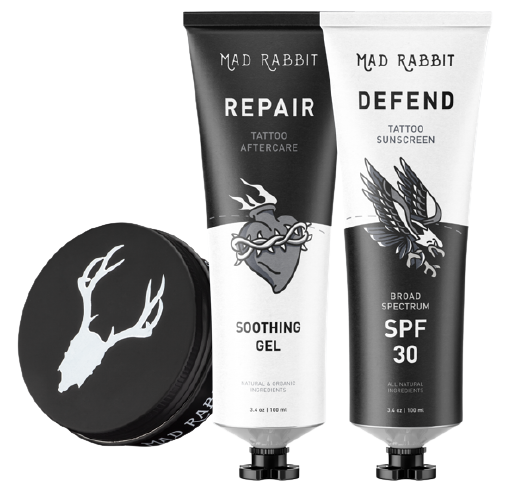
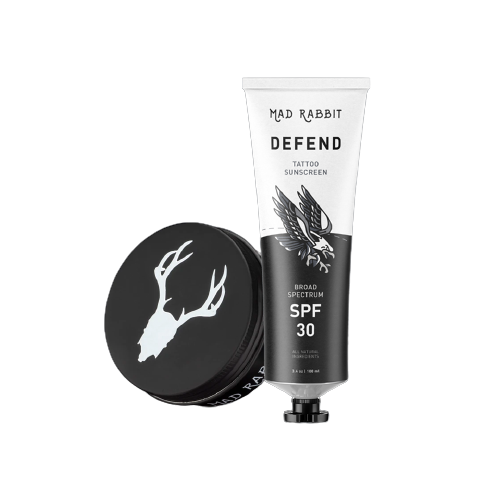
Daily Defense Set
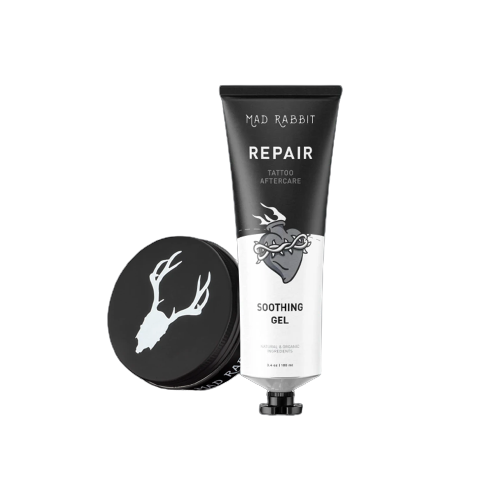


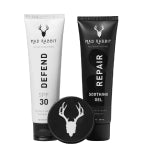
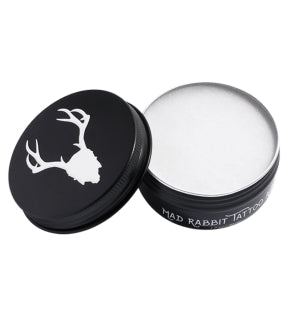
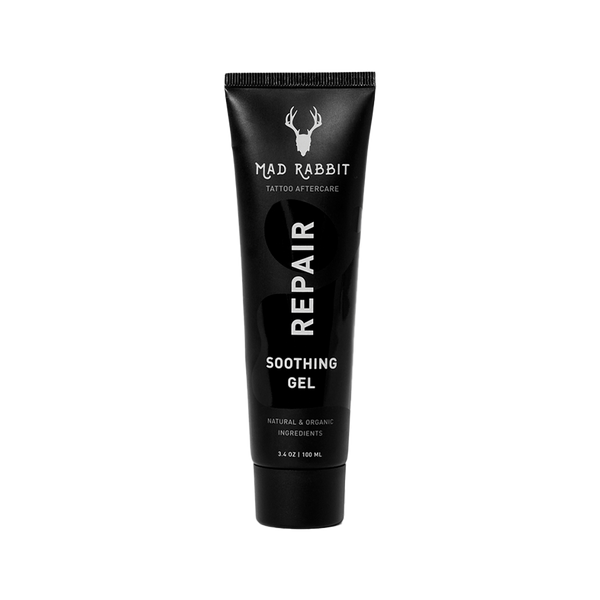

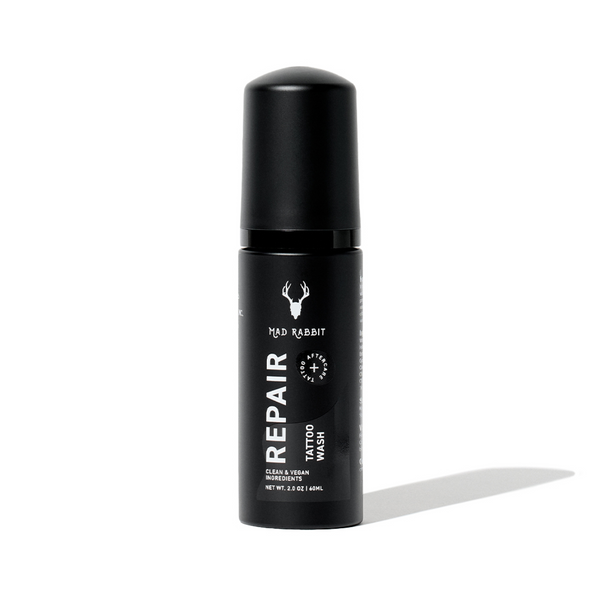
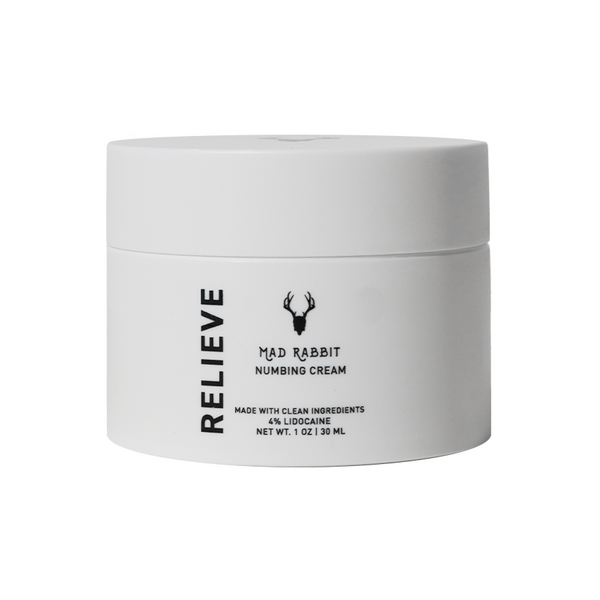

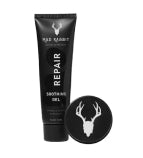
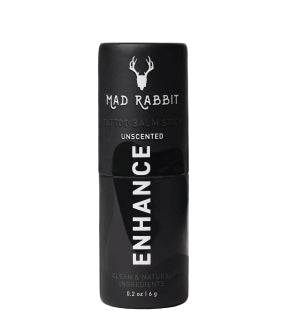
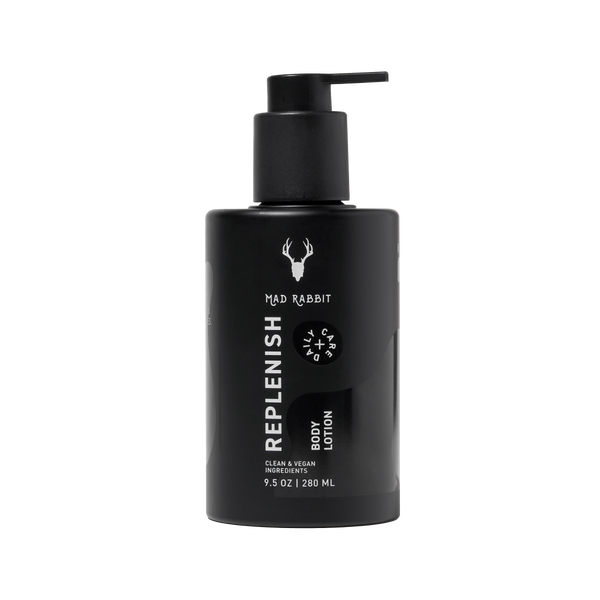
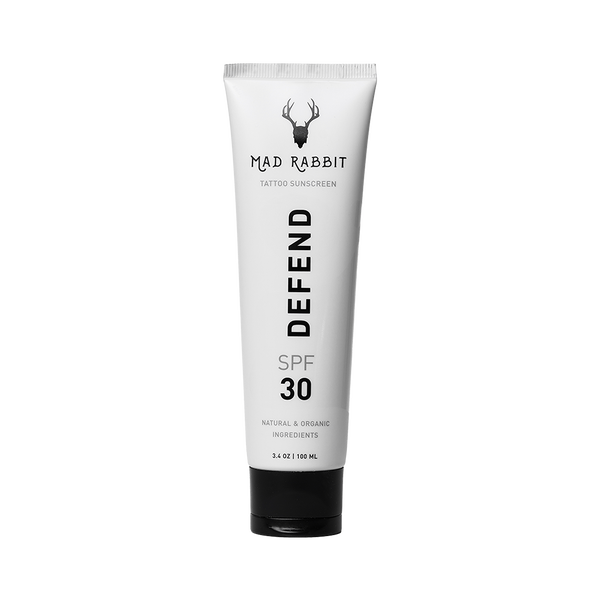
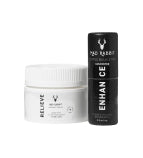
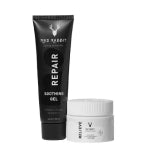
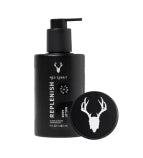

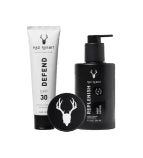

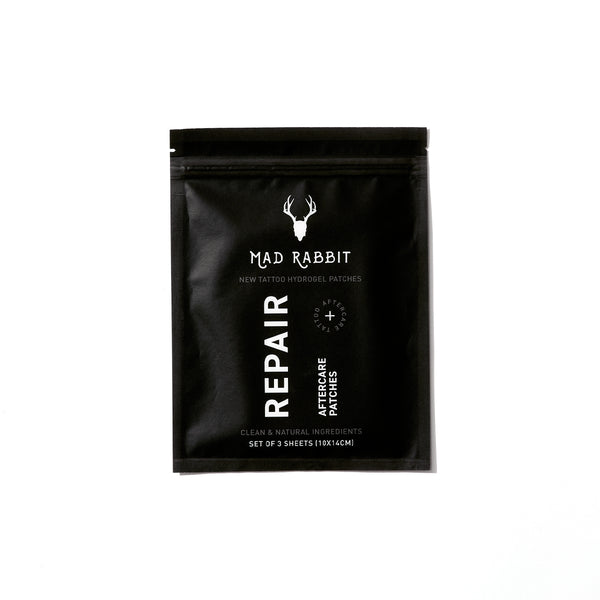
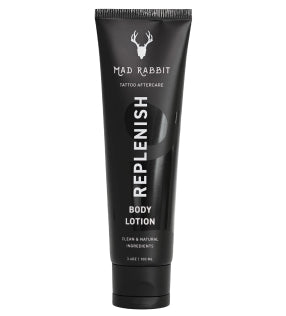
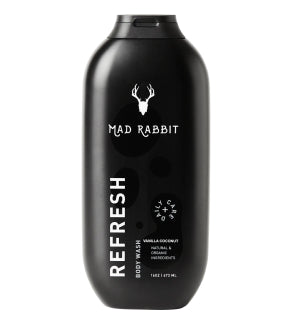

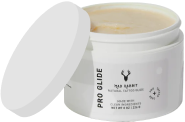






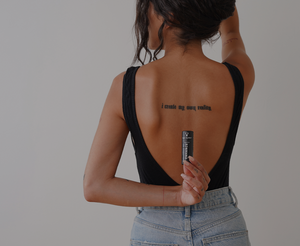
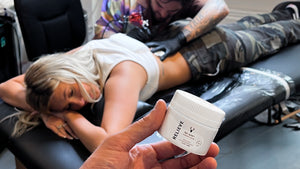
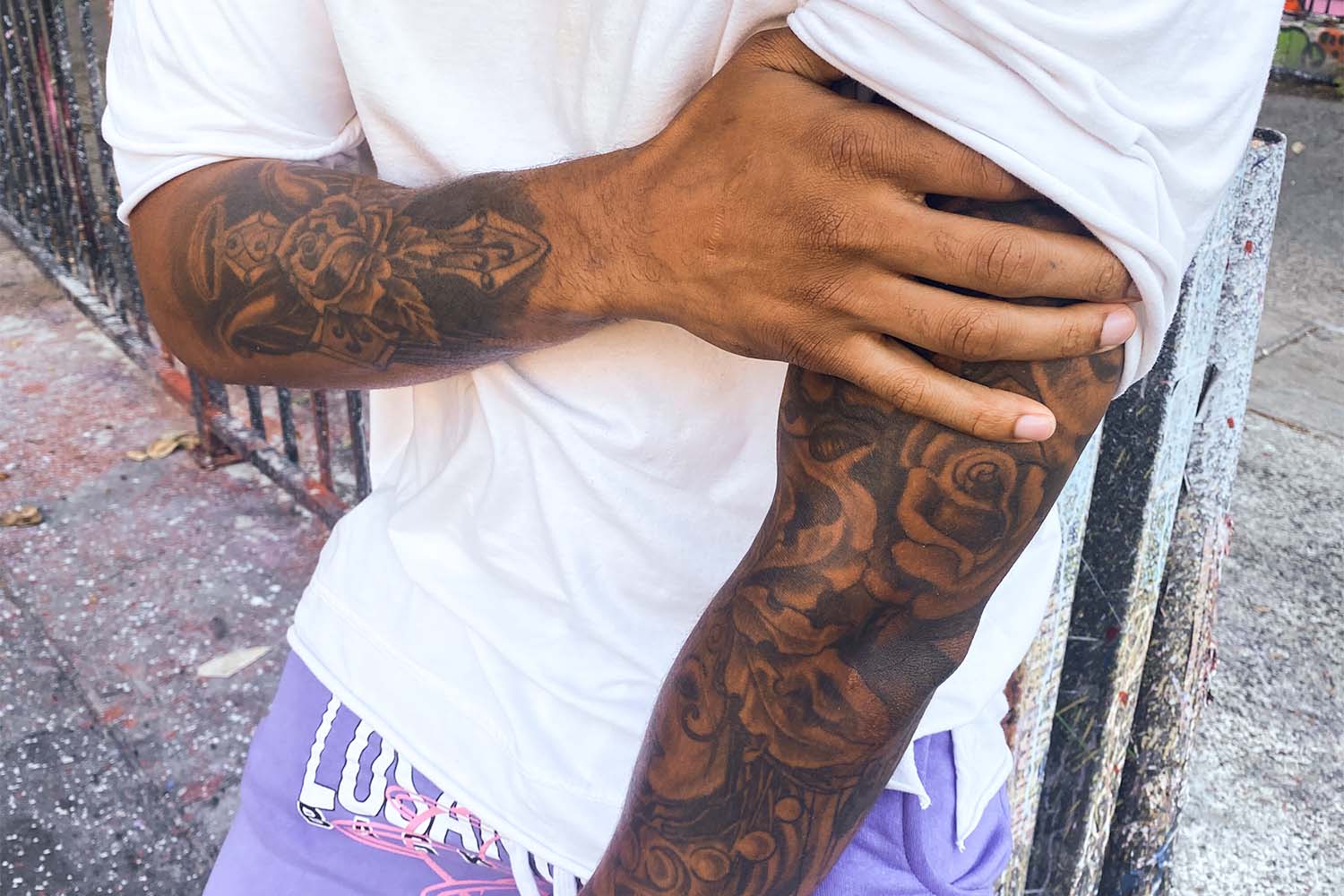
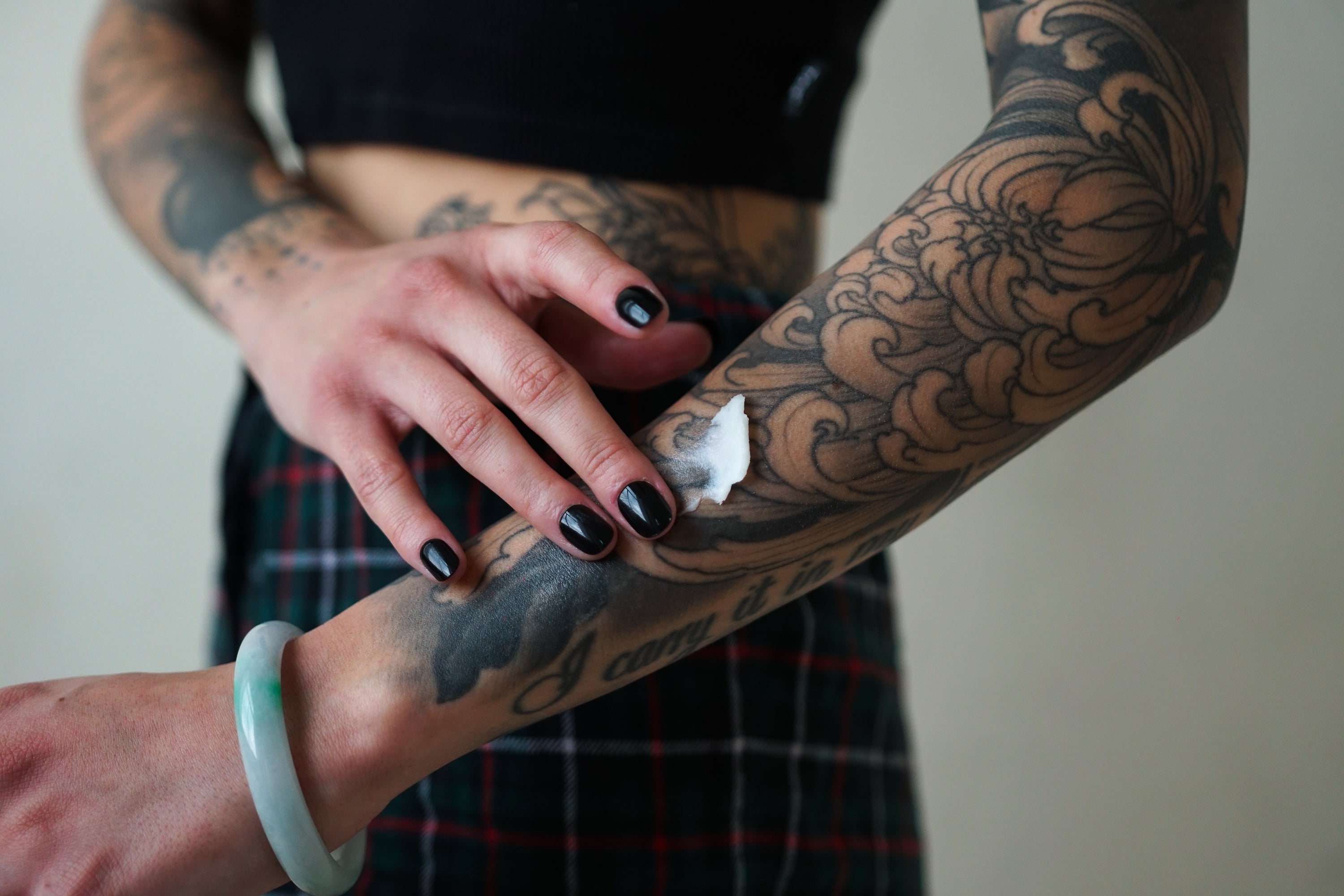
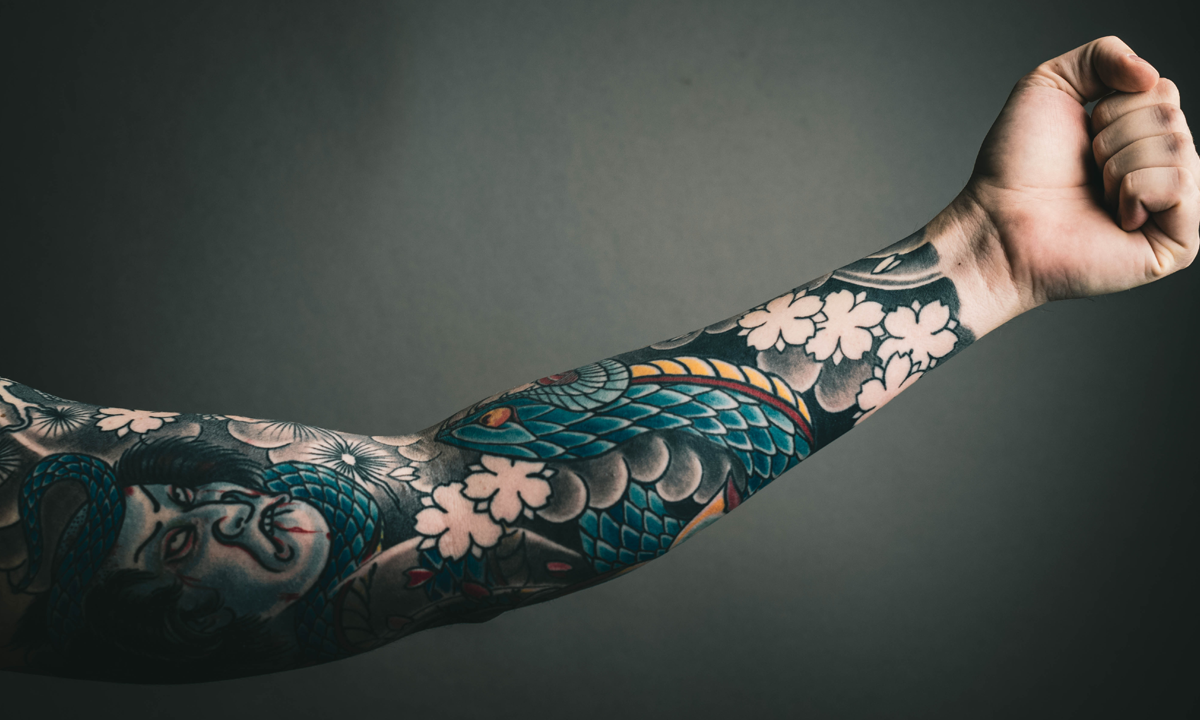
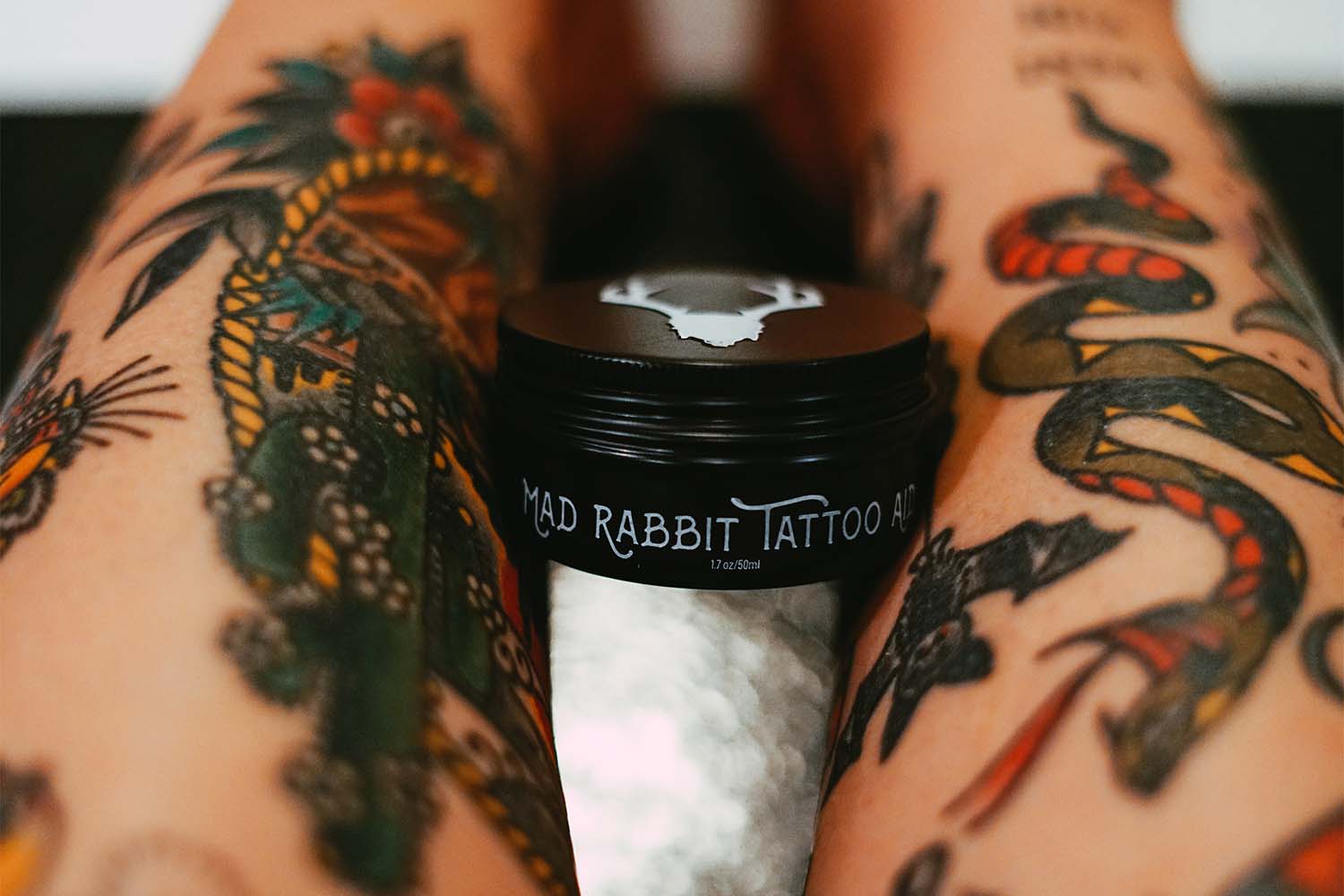
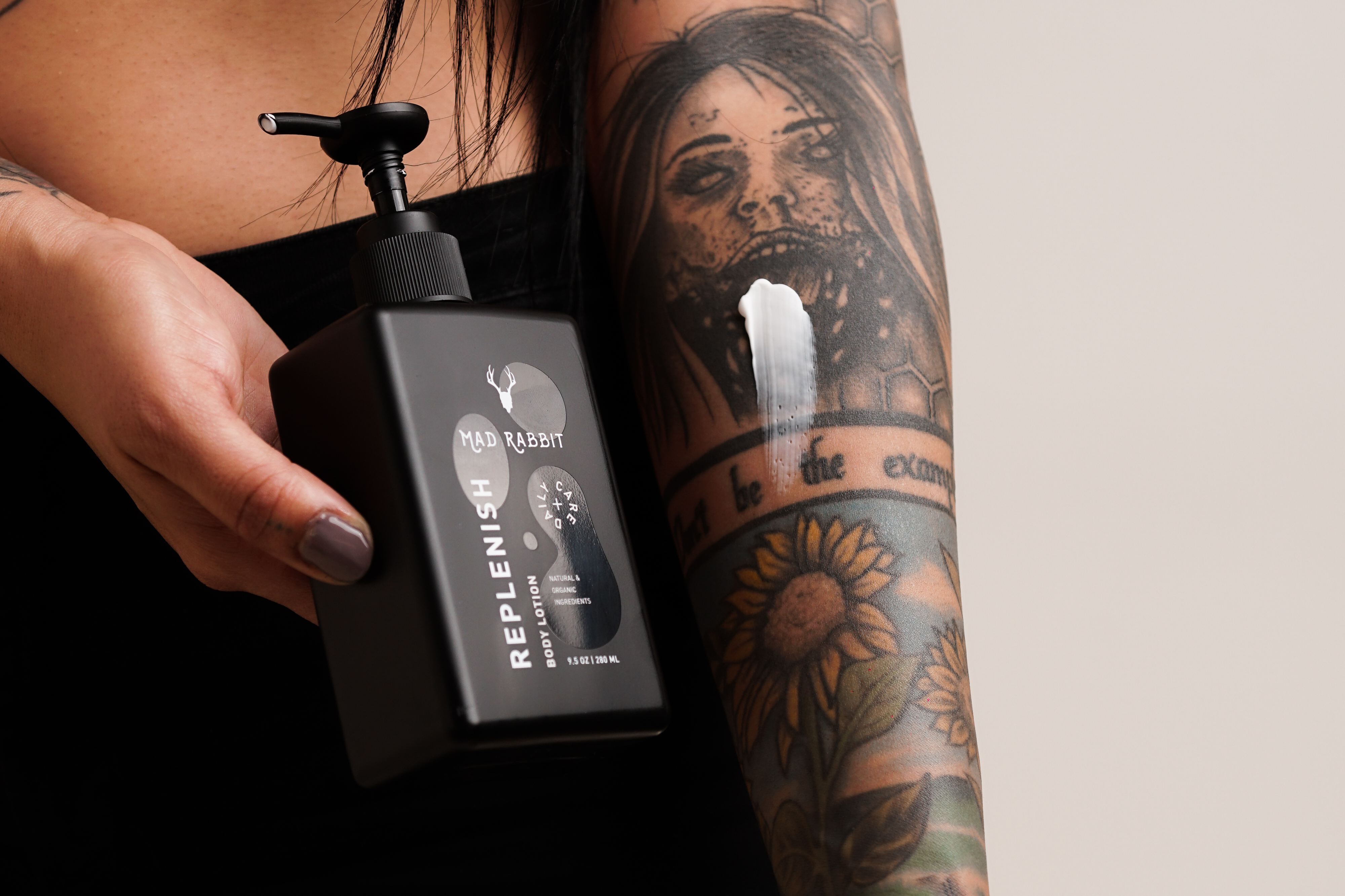
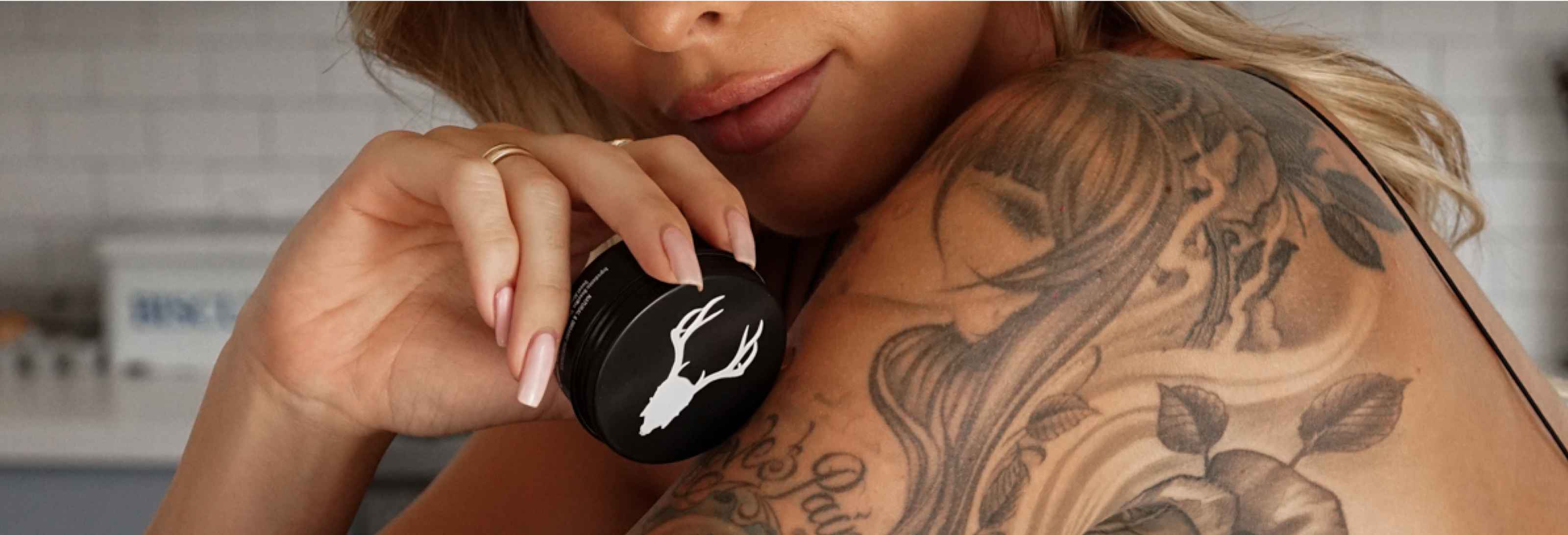
Join the discussion